Hydrangeas have quite the showy blooms, and some people find them enough on their own. Others might be on the lookout for a ground cover or a smaller flowering plant just to take things to the next level.
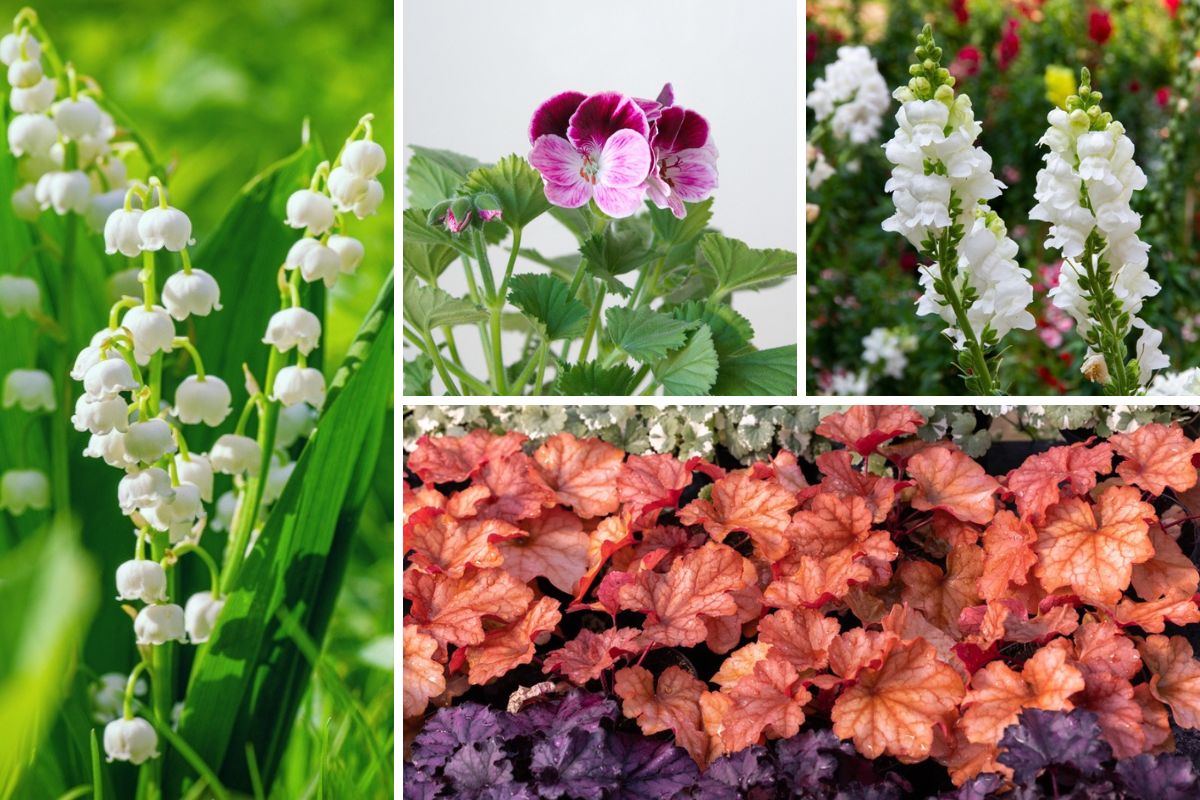
The ideal buddy for these elegant flower heads has to be shade-loving (or at least shade-tolerant), relatively short, and cold-hardy.
Our list gathers 12 hydrangeas companion plants that check all these boxes and add visual balance either through interesting-looking foliage or colorful blossoms.
1. Lily of the Valley
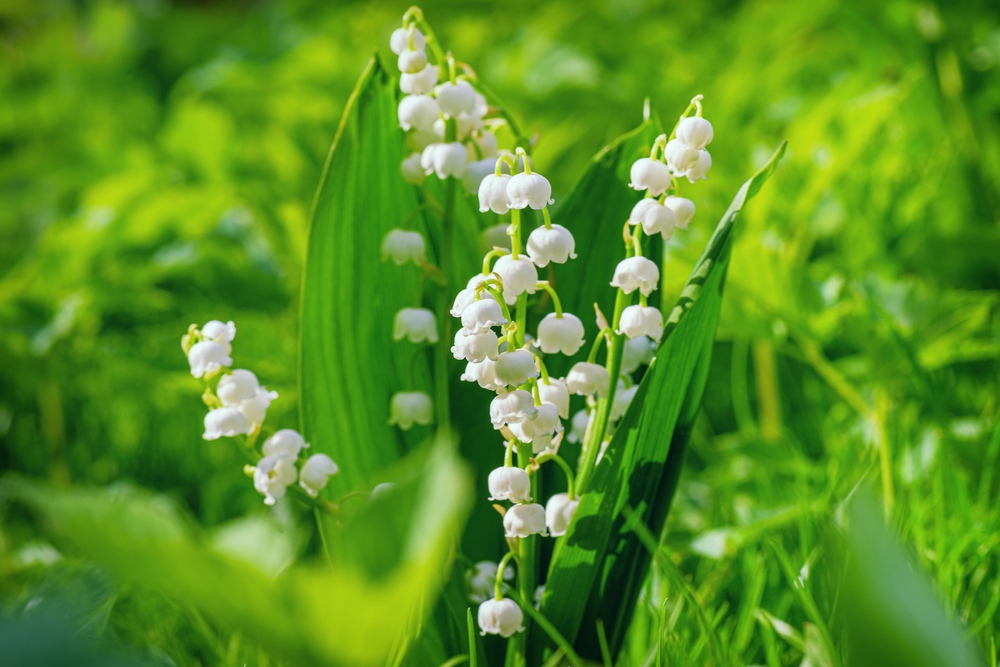
Lily of the valley and hydrangeas make a knock-out pairing for a bridal bouquet, but did you know they can also get along well in your garden?
Although the white lily of the valley blooms in mid-spring to early summer in zones 3–8, its foliage is evergreen. This way, you’ll have a luscious ground cover even after the hydrangea companion loses its leaves during the winter.
To be fair, they’re not the easiest plants to grow from seed.
So, you might want to pick up an established plant from a nursery. Then, you can transplant it in the spring into neutral soil, and the hard part will be over. After all, the lily of the valley isn’t picky about watering or sun exposure.
2. Sweet Alyssum
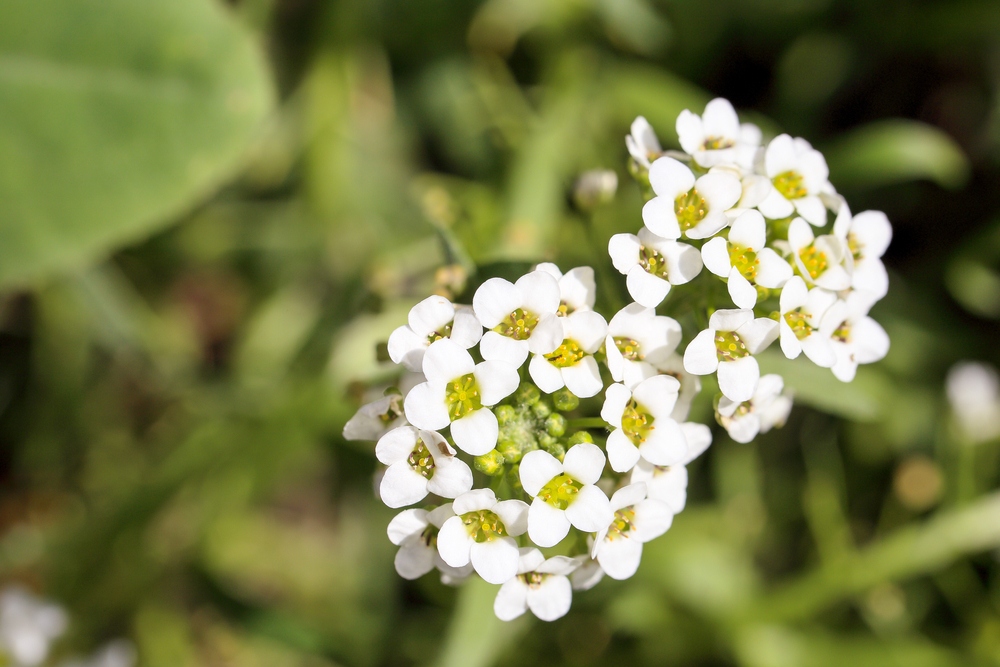
With a honey-like aroma, the sweet alyssum’s delicate white and green spring blooms attract ladybugs and hoverflies to your yard.
Why is that a good thing? Well, these insects prey on aphids that threaten nearby hydrangeas.
Sweet alyssum is acclimated to zones 5–9 and prefers regular watering (at least one inch weekly). So, you’ll need to provide well-drained soil. Other than that, the plant is pretty low-maintenance.
Note that there are pink and purple cultivars if you’re not too keen on white flowers. Either way, sweet alyssum is to be planted in early spring.
3. Coral Bells
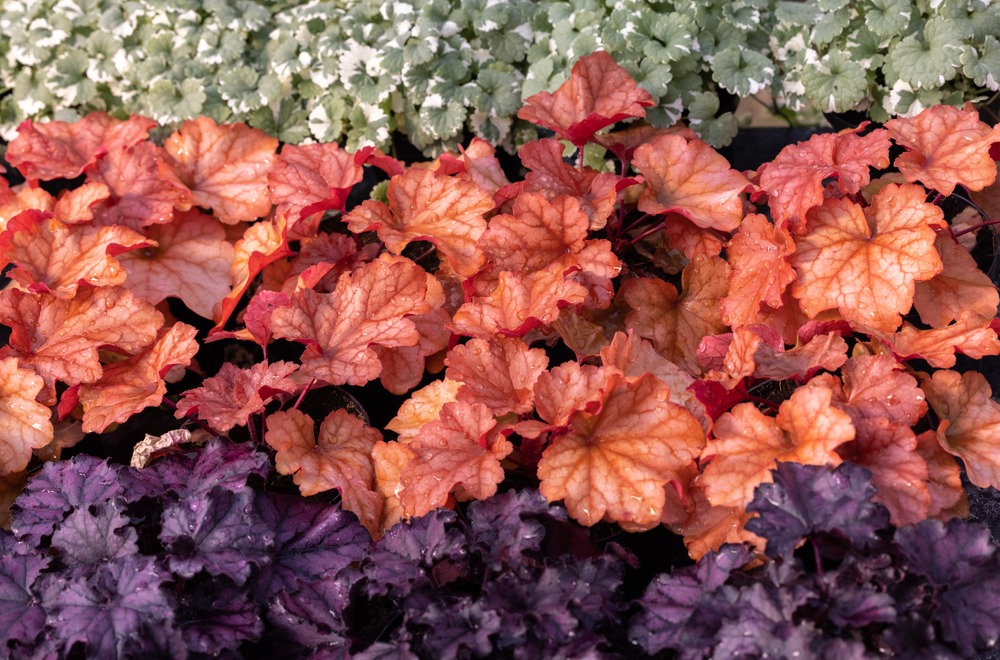
Coral bell flowers are, well, coral and bell-shaped. However, the plant also comes in red and white.
Despite being tiny, the spring and summer blossoms add a color pop to contrast light-colored companions, like the little lime variety. Meanwhile, the entire plant can grow to 8–18 inches.
Keep in mind that the ideal time frame for planting those perennial flowers in late fall or early spring.
All in all, coral bells do best in warm, shaded areas with slightly acidic soil and an inch of water every week.
4. Snapdragons
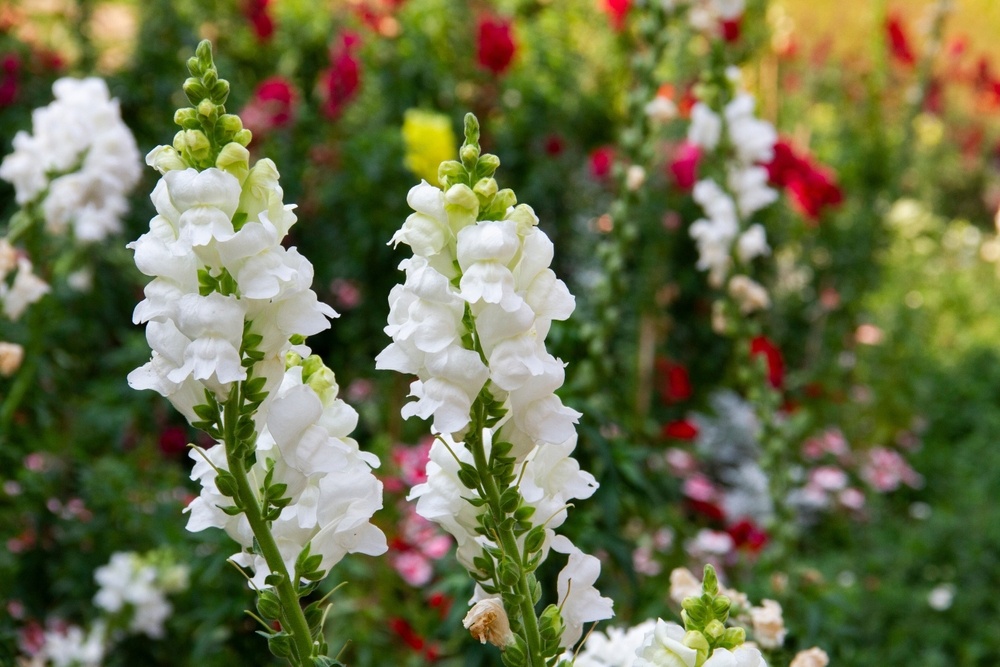
If you’re in zones 7–9, you can easily have hydrangeas and snapdragons growing in your garden.
Unlike the lily of the valley, snapdragons can be easily grown from seeds. However, their growth rate is slow, and it’ll take a while to see the flowers (available in white, pink, yellow, purple, or orange) bloom from spring to fall.
In terms of plant care, an inch of water per week will do fine for established snapdragons. Additionally, a 10–10–10 fertilizer will help keep the soil rich enough for the flowers.
5. Boxwood
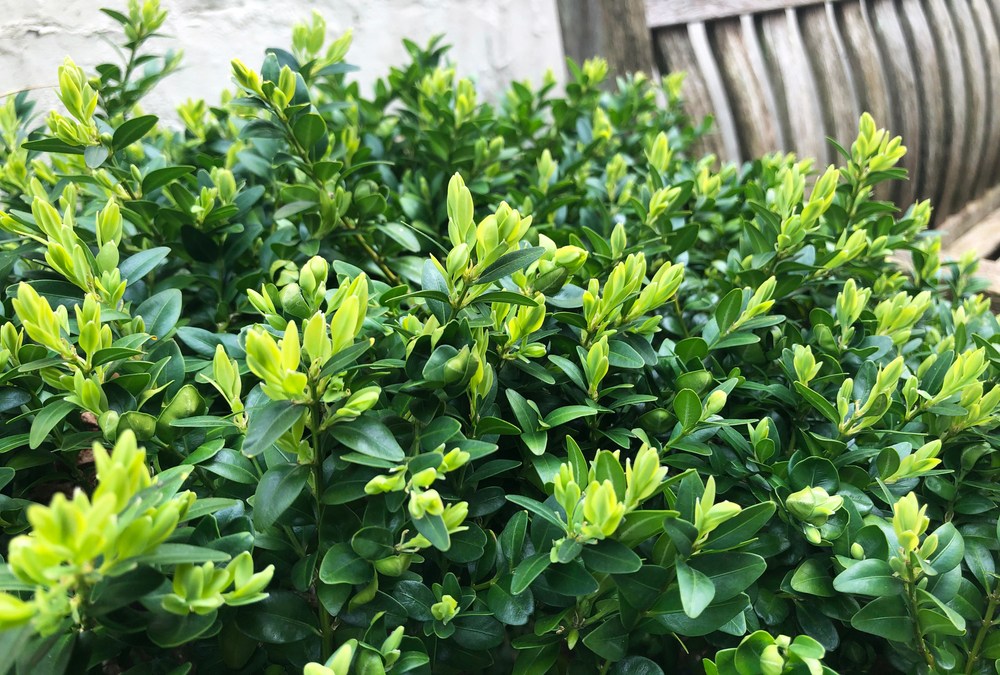
If you’re into formal landscaping styles, you’ll love boxwood as a hydrangea companion.
Boxwood (which does particularly well in zones 6–8) is an evergreen shrub with yellow flower clusters. That said, people rarely pick boxwood for its spring blossoms. The way you can shape the bushy foliage for hedges and topiaries is what makes it truly appealing!
Expect this beauty to reach 2–8 feet when fully matured.
How to get it to reach this size? Well, you’ll start with a seed in a pot with loamy neutral soil. Once it outgrows the pot, transplant it near the hydrangea. Just make sure it’s sheltered from strong winds and gets deep watering for the first couple of years.
6. Allegheny spurge
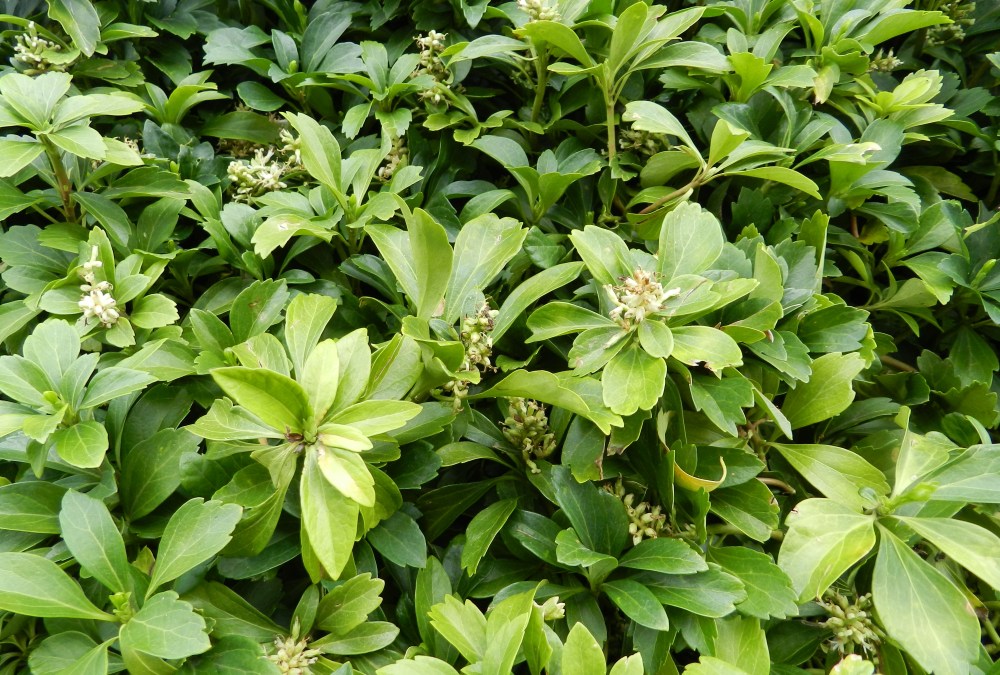
Allegheny spurge (also known as Japanese pachysandra) is another species from the boxwood family that works well as an oakleaf hydrangea companion.
Mostly, the Japanese pachysandra is used as a perennial 6-inch ground cover with white spring blooms.
During the winter, the spurge doesn’t lose its leaves like the hydrangea, but the foliage might yellow a bit. We don’t think the plant looks too shabby, though!
All in all, it’s one of the most forgiving, drought-tolerant plants on the list and is suitable for pretty much all areas in zones 5–8. However, to get the best foliage out of it, you need partial shade, acidic soil, and compost.
7. Hostas
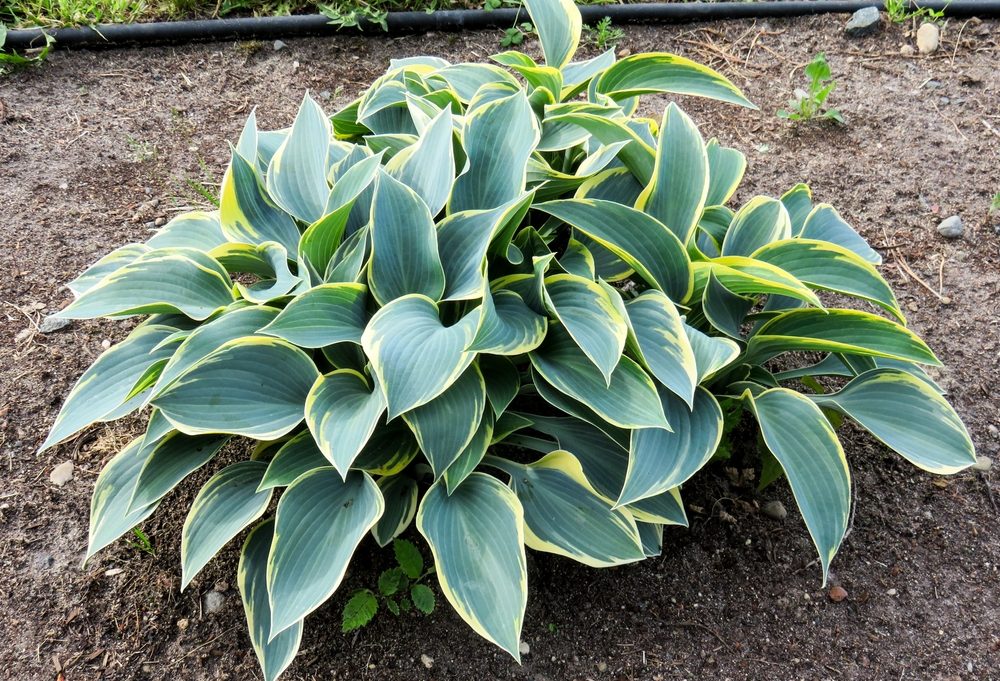
Hostas are shorter and even more shade-loving than hydrangeas. So, it’s possible to pair them in foundation or island layouts.
Either way, you’ll be better off picking more than one hosta variety to play around with foliage shape, color, and texture. For instance, you could get a 12-inch Blue Mouse Ears hosta with heart-shaped blue-ish leaves with a 24-inch Frances Williams plant with variegated leaves.
Regardless of which cultivars you’ll pick, you’ll need to provide loamy soil with adequate drainage to match the hosta’s thirsty nature.
8. Christmas Fern
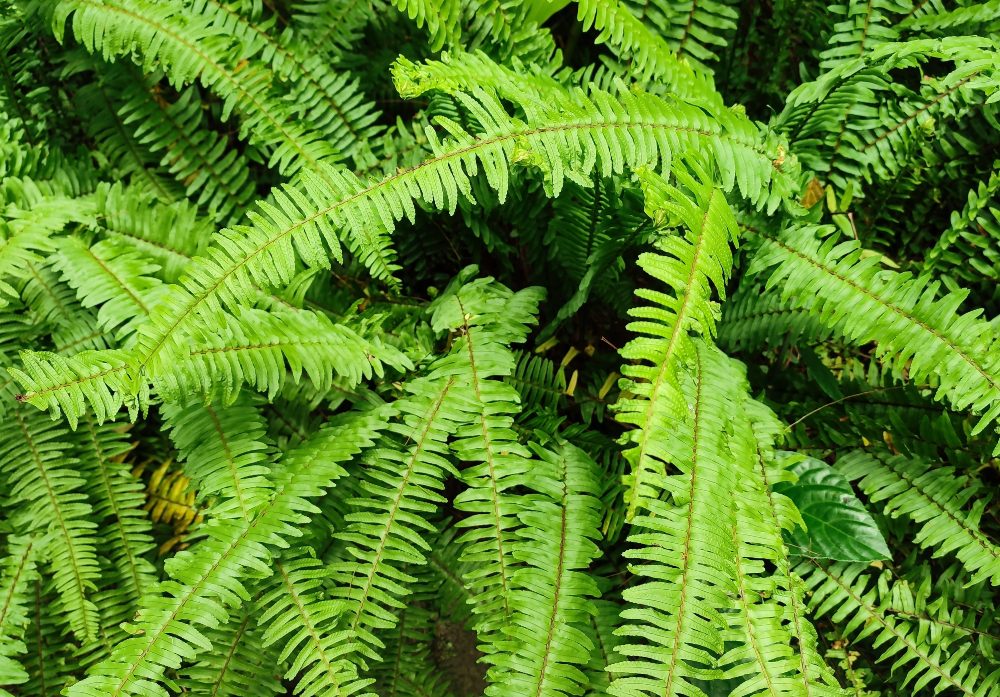
Although the Christmas fern doesn’t produce flowers, its silver-green clumps add character to the hydrangea.
Plus, it’s a low-maintenance perennial that grows well in zones 3–9. As long as you keep the soil well-drained and water the fern once a week, it will do just fine.
Pruning? Not needed. Fertilizer? Unnecessary.
The one part that might be a little tricky is humidity. Christmas ferns prefer warm, humid areas (at least 50%). You also want to protect it from direct sunlight to avoid scorching the fronds.
9. Regal Geranium
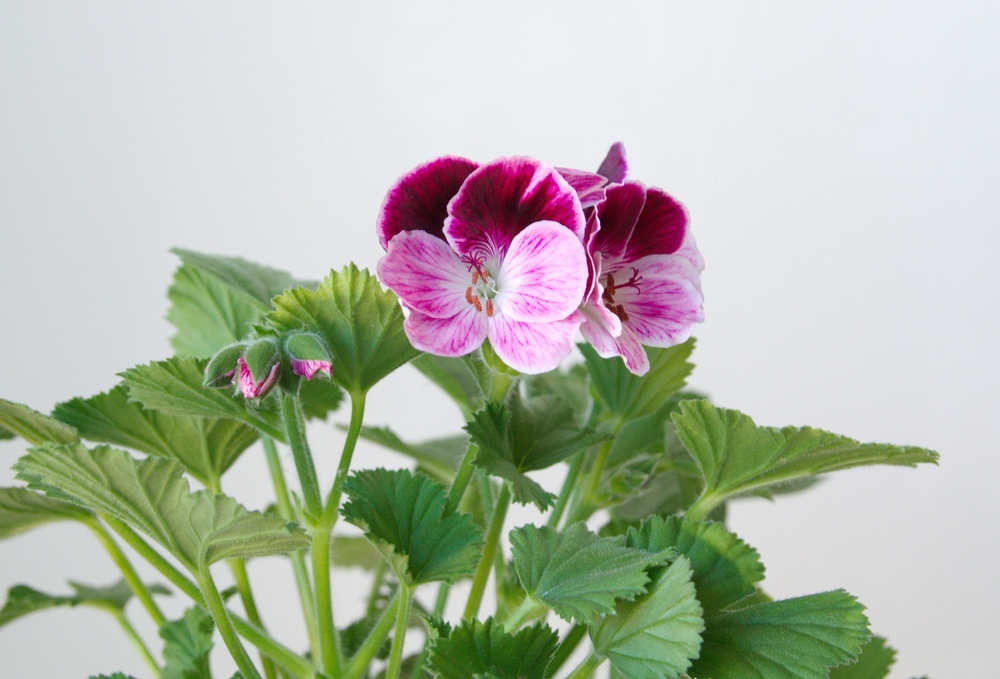
People in zones 9–12 can grow regal geraniums as a drought-tolerant, perennial companion to hydrangeas.
Don’t fret if you live in colder regions; you can still grow geraniums as annuals. You won’t have to compromise on long-lasting blooms either.
However, you’ll probably have a hard time choosing between pink, red, magenta, lilac, and even bicolor cultivars. So, why not go for a blend? If you have white hydrangeas, a color pop might just be what you need!
The catch is that most geraniums prefer full sun. As hydrangea companions, they’ll tolerate partial shade, but the blooms won’t be top-notch.
10. New Guinea Impatiens
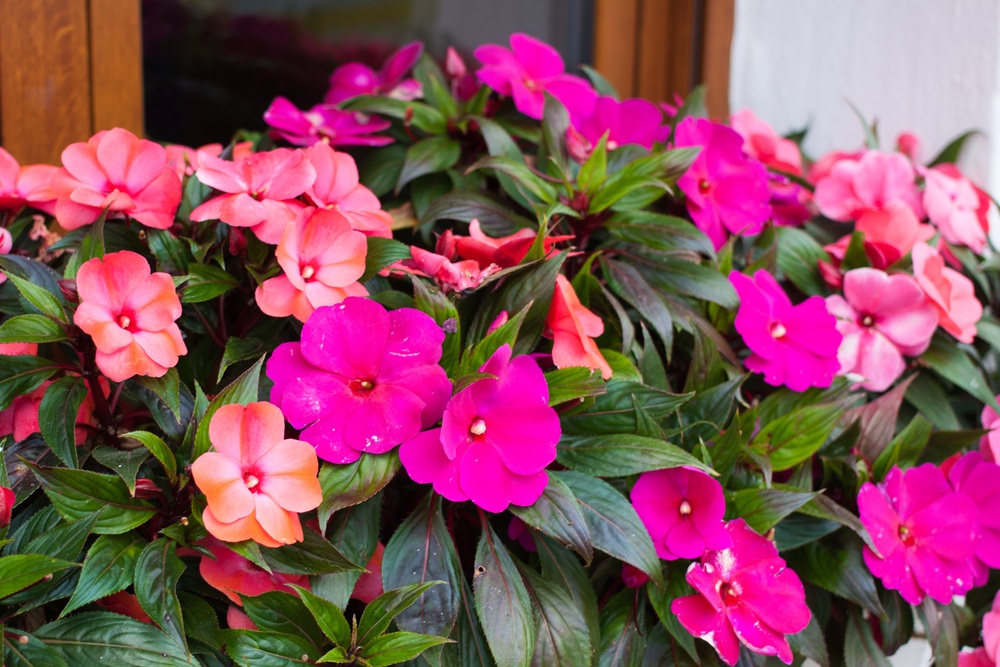
New Guinea impatiens are good companions if you want to keep the color scheme tight. Their heart-shaped petals come in many colors, but pink, purple, and white are the closest matches to hydrangeas.
The best part? They bloom all season and grow to 12–18 inches, provided that you prune mid-summer.
The reason we picked the New Guinea variety over other impatiens is its higher resistance to downy mildew. However, you still need to avoid overwatering and opt for drip irrigation when possible.
You won’t have much luck growing it from seed, though.
11. Astilbe
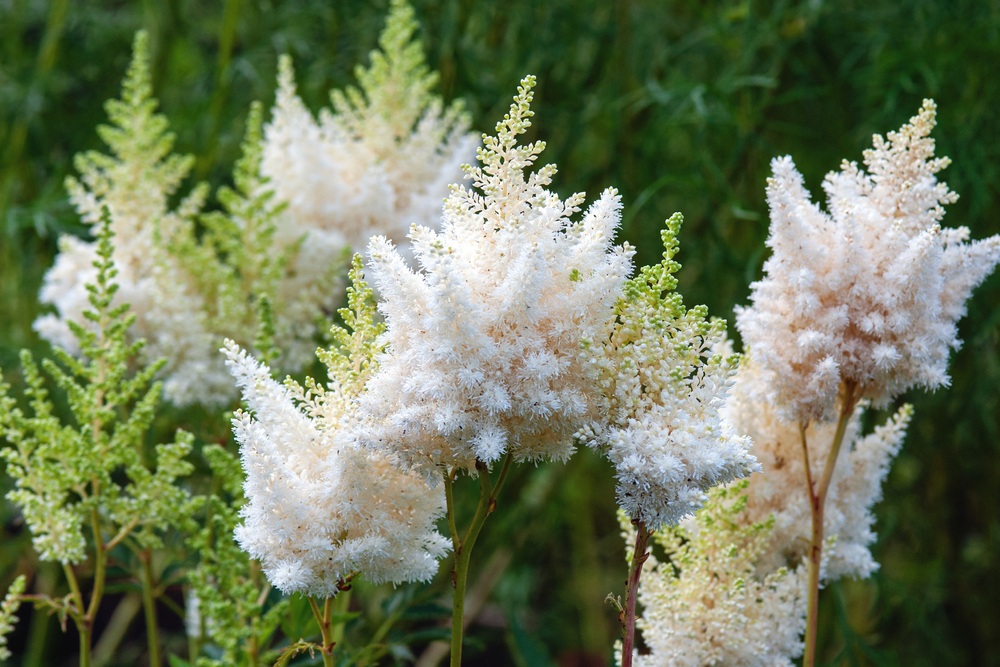
Astilbe’s feathery plumes can add interesting shapes and textures to your flower bed. You can get it in red, purple, pink, and white.
The plant grows around 2 feet tall, blooms during spring and summer, and prefers slightly acidic yet rich soil.
You’ll see the best possible plumes when the astilbe is growing in partial shade and getting regular watering. It doesn’t handle high humidity well, though. So, mulching can keep the mildew away.
Generally speaking, spring or fall are the best planting time frames. However, the exact date depends on where you live within the plant’s optimum zones (3–8).
12. Japanese Forest Grass
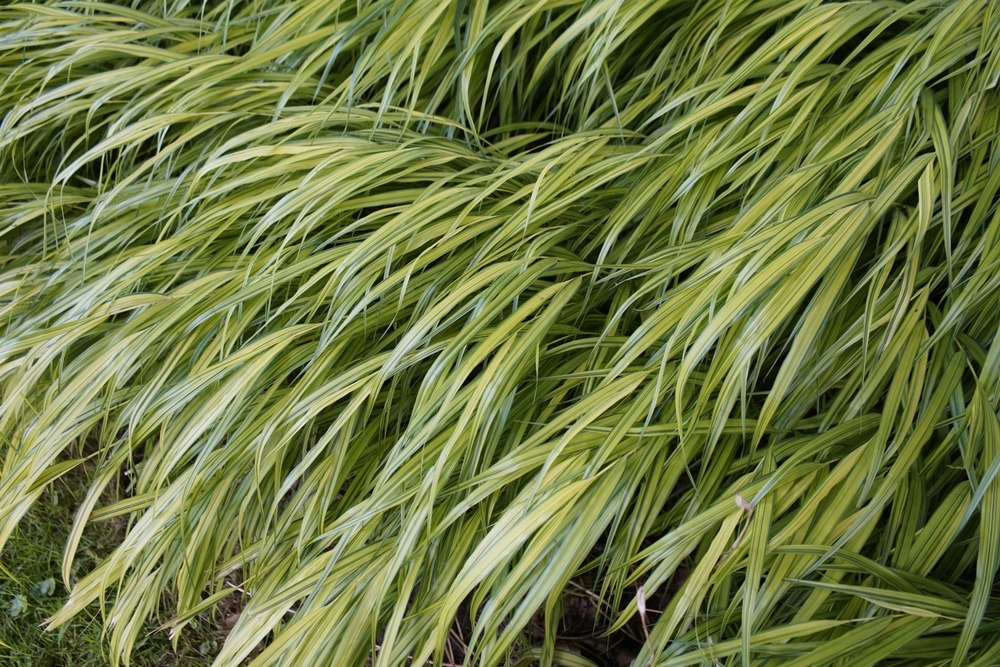
Japanese forest grass (also called Hakone grass) is a shade-lover that happens to be hardy in zones 5–9.
It’s also deciduous, just like hydrangeas. So, it dies to the ground during the winter—but not before giving you quite the spectacle of shifting colors.
Its layered foliage first appears in spring as golden-chartreuse variegated blades. Then, it slowly turns copper-orange as the temperature drops.
The grass can grow to 16 inches, but it’s a slow grower. Plus, it requires regular watering.



 ?. ts.dhung.
?. ts.dhung.

